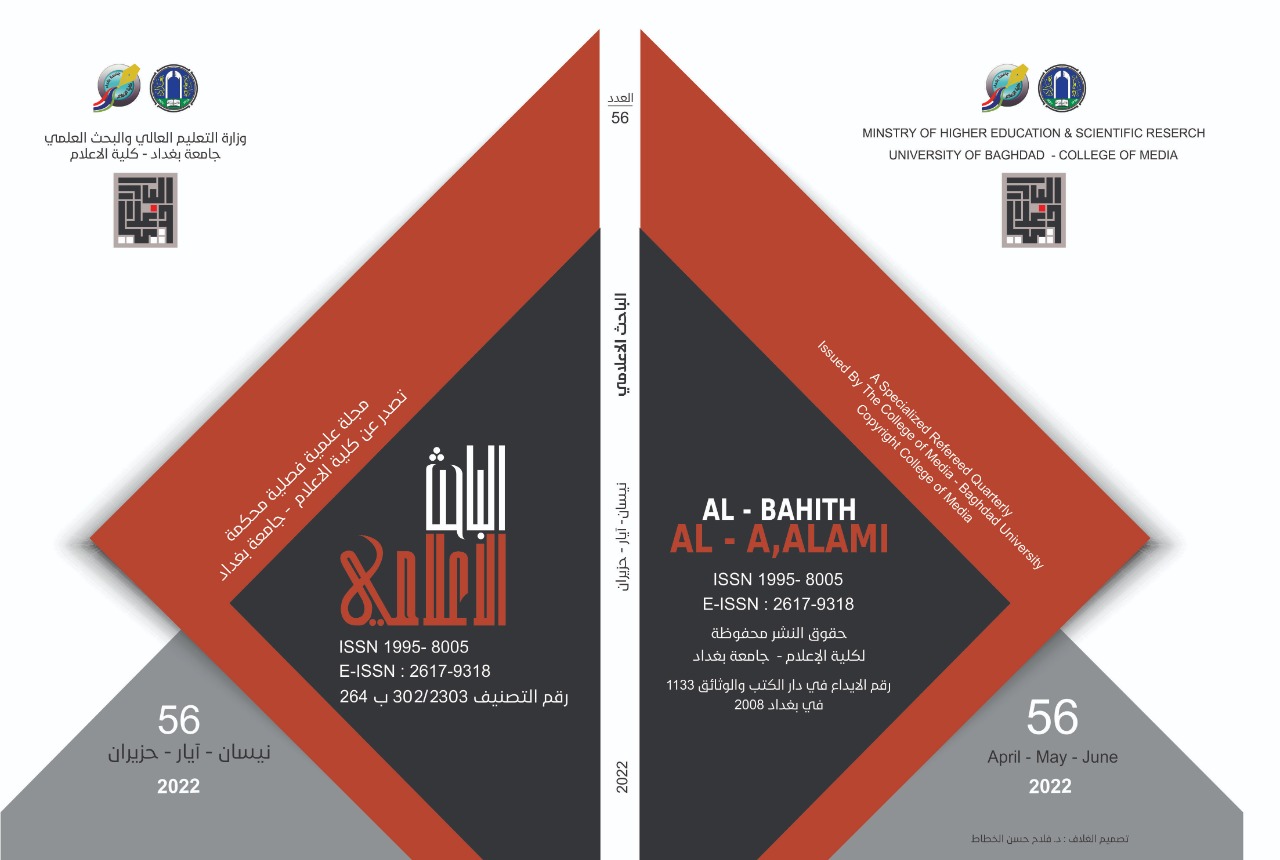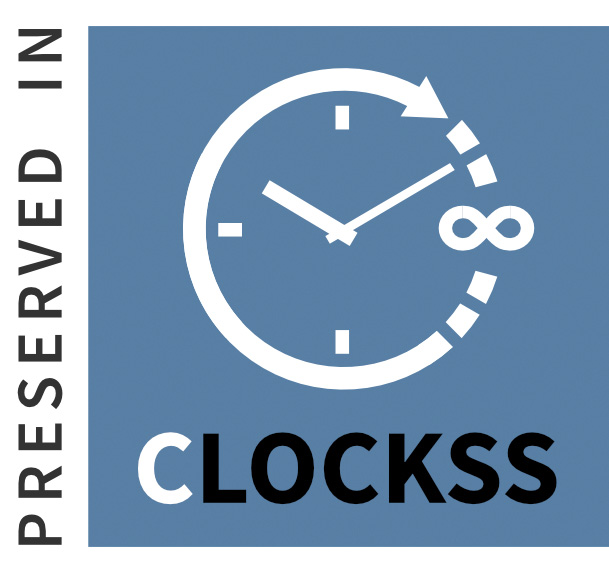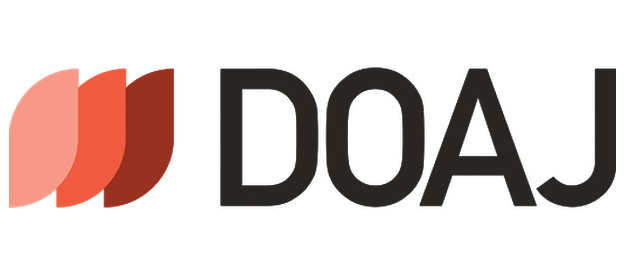استراتيجيات تعديل التعليقات في وسائل الإعلام الكندية ومبادئها
DOI:
https://doi.org/10.33282/abaa.v14i56.878الكلمات المفتاحية:
سياسات الاعتدال، المنظمات الإخبارية، وسائل الإعام الكندية، الصحافة، وسائل التواصل الاجتماعي؛ عنصرية؛ حرية التعبيرالملخص
يقدم هذا البحث فحصًا نقديًا لإرشادات وسياسات الأخبار الكندية بشأن المحتوى الذي
ينشئه المستخدمون والذي يتم نشره في أقسام التعليقات المتعلقة بالأخبار ووسائل التواصل
الاجتماعي. تم تحقيق وضع الخطوط العريضة عن كيفية إدارة تعديل المحتوى الذي ينشئه
المستخدمون المرتبط بالأخبار الكندية من خال النظر في سياسات التعليقات عبر الإنترنت
للمؤسسات الإخبارية الكندية الكبرى مثل سي بي سي، ستي نيوز )هالفكس( ، سي تي في نيوز،
كلاشير ميديا، كلوبل نيوز، كلوب اند ميل، نرستي ميدي، بوستميديا، كيو يو بي ، و تورستار.
تسلط السياسات الضوء على الكيفية التي تمتلك بها المؤسسات الإخبارية الكندية است ا رتيجيات
عملية لإدارة تعديل المحتوى الذي ينشئه المستخدمون المتعلق بالأخبار ، ولكنها تدعو
أيضًا إلى المبادئ الاجتماعية الإيجابية والسلبية ، للإباغ عن الممارسات السيئة ، وتعزيز
الديمق ا رطية ، ومحاربة خطاب الك ا رهية والتشهير عبر الإنترنت. يُظهر التحليل كيف تعكس
المبادئ التوجيهية العديد من المبادئ الرئيسية التي تم إب ا رزها في م ا رجعة الأدبيات ولكنها لا
تشير إلى المبادئ الاقتصادية التي تم التأكيد عليها باعتبارها مهمة في الاهتمامات الأكاديمية
والصحفية مع تعديل المحتوى الذي ينشئه المستخدمون المتعلق بالأخبار.
التنزيلات
المراجع
Arendholz, J. (2013). Appropriate Online Behavior: A Pragmatic Analysis of Message Board Relations. John Benjamins.
Barney, D., Coleman, G., Ross, C., Sterne, J., & Tembeck. (2016). An Introduction. In The Participatory Condition in the Digital Age (pp. vii–xxxix). University of Minnesota Press.
Bergström, A., & Wadbring, I. (2015). Beneficial yet crappy: Journalists and audiences on obstacles and opportunities in reader comments. European Journal of Communication, 30(2), 137–151. https://doi.org/10.1177/0267323114559378
Binns, A. (2012). DON’T FEED THE TROLLS!: Managing troublemakers in magazines’ online communities. Journalism Practice, 6(4), 547–562. https://doi.org/10.1080/17512786.2011.648988
Braun, J., & Gillespie, T. (2011). Hosting the public discourse, hosting the public. Journalism Practice, 5(4), 383–398.
Cammaerts, B. (2009). Radical pluralism and free speech in online public spaces: The case of North Belgian extreme right discourses. Journal of Cultural Studies, 12(6), 555–575. https://doi.org/10.1177/1367877909342479
CBC Policies. (2017, February). CBC/Radio-Canada Content Submission Guidelines for CBC/Radio-Canada Owned or Controlled Platforms (Content Submission Guidelines). CBC. https://www.cbc.ca/aboutcbc/discover/submissions.html
Chung, D. S. (2007). Profits and Perils: Online News Producers’ Perceptions of Interactivity and Uses of Interactive Features. Convergence, 13(1), 43–61.
CityNews. (n.d.). Community Guidelines. CityNews Halifax. Retrieved June 11, 2022, from https://halifax.citynews.ca/other/community-guidelines
Conlin, L., & Roberts, C. (2016). Presence of online reader comments lowers news site credibility. Newspaper Research Journal, 37(4), 365–376. https://doi.org/10.1177/0739532916677056
Crawford, K., & Gillespie, T. (2016). What is a Flag for? Social Media Reporting Tools and the Vocabulary of Complaint. New Media & Society, 18(3), 410–428. https://doi.org/10.1177/ 1461444814543163
CTV News. (2017, May 28). Commenting. https://www.ctvnews.ca/commenting
Donath, J. S. (1998). Identity and deception in the virtual community. In P. Kollock & M. Smith (Eds.), Communities in Cyberspace (pp. 27–58). Routledge.
Engström, M. (2016). The trolls disappear in the light: Swedish experiences of mediated sexualised hate speech in the aftermath of Behring Brevik. International Journal for Crime, Justice and Social Democracy, 5(2), 96–106.
Erjavec, K., & Kovačič, M. P. (2012). “You Don’t Understand, This is a New War!” Analysis of Hate Speech in News Web Sites’ Comments. Mass Communication and Society, 15(6), 899–920. https://doi.org/10.1080/15205436.2011.619679
Finley, K. (2015, October 8). A Brief History of the End of the Comments For years, comment boxes have been a staple of the online experience. Now many media companies are giving up on them. Wired. https://www.wired.com/2015/10/brief-history-of-the-demise-of-the-comments-timeline/
Gillespie, T. (2010). The politics of “platforms". New Media & Society, 12(3), 347–364.
Glacier Media Group. (n.d.). Terms of Service (Copyright ©2020 Glacier Media Group). Bowen Island Undercurrent. Retrieved June 6, 2022, from https://www.bowenislandundercurrent.com/other/terms-of-service#usercontent
Global News. (n.d.). Global News Commenting Policy. https://globalnews.ca/pages/global-news-commenting-policy/
Hardaker, C. (2015). “I refuse to respond to this obvious troll”: An overview of responses to (perceived) trolling. Corpora, 10(2), 201–229. https://doi.org/10.3366/cor.2015.0074
Harrison, J. (2009). User-Generated Content and Gatekeeping at the BBC Hub. Journalism Studies, 11(2), 243–256. https://doi.org/10.1080/14616700903290593
Hermida, A. (2010). Twittering the news: The emergence of ambient journalism. Journalism Practice, 4(3), 297–308.
Hermida, A., & Thurman, N. (2008). A clash of cultures: The integration of user-generated content within professional journalistic frameworks at British newspaper websites. Journalism Practice, 2(3), 343–356.
Hille, S., & Bakker, P. (2013). I like news. Searching for the ‘Holy Grail’ of social media: The use of Facebook by Dutch news media and their audiences. European Journal of Communication, 28(6), 663–680.
Hille, S., & Bakker, P. (2014). Engaging the Social News User: Comments on news sites and Facebook. Journalism Practice, 8(5), 563–572. https://doi.org/10.1080/17512786.2014.899758
Hlavach, L., & Freivogel. (2011). Ethical Implications of Anonymous Comments Posted to Online News Stories. Journal of Mass Media Ethics26, 26(1), 21–37.
Hong, S. (2012). Online news on Twitter: Newspapers’ social media adaption and their online readership. Information Economics and Policy, 24(1), 69–74.
Jenkins, H. (2006). Convergence culture: Where old and new media collide. New York Univ. Press.
Jenks, C. J. (2019). Talking trolls into existence: On the floor management of trolling in online forums. Journal of Pragmatics, 143, 54–64. https://doi.org/10.1016/j.pragma.2019.02.006
Juneström, A. (2019). Emerging practices for managing user misconduct in online news media comments sections. Journal of Documentation, 75(4), 694–708. https://doi.org/10.1108/JD-09-2018-0143
Karlsson, M. (2011). Flourishing but restrained. Journalism Practice, 5(1), 64–84. https://doi.org/10.1080/17512786.2010.486605
التنزيلات
Key Dates
منشور
النسخ
- 2022-10-11 (6)
- 2022-09-04 (5)
- 2022-08-18 (4)
- 2022-08-17 (3)
- 2022-08-17 (2)
- 2022-08-17 (1)
إصدار
القسم
الرخصة
الحقوق الفكرية (c) 2022 مؤلف

هذا العمل مرخص بموجب Creative Commons Attribution 4.0 International License.


















